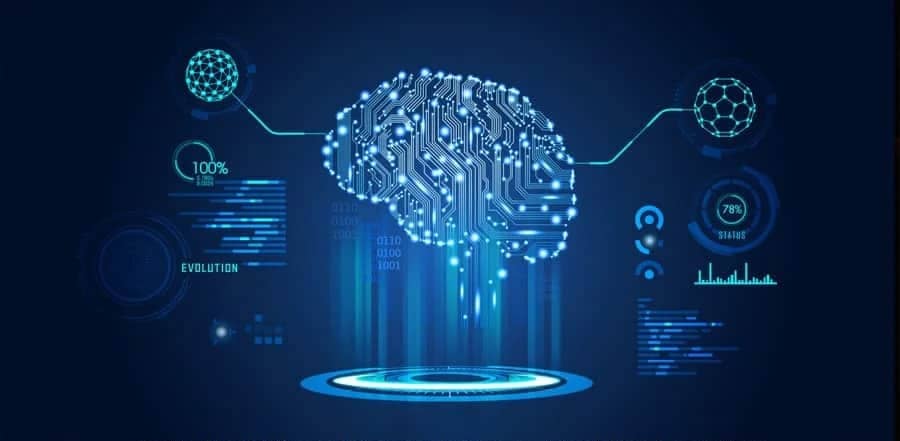In the era of data-driven decision-making, terms like data science, artificial intelligence (AI), and machine learning (ML) have become ubiquitous. However, understanding the distinctions between these concepts is crucial for navigating the landscape effectively. In this beginner’s guide, we will unravel the intricacies of data science, AI, and ML while exploring how they work harmoniously.
Data Science Demystified
Defining Data Science
At its core, data science is the art of working with vast amounts of unstructured data. Think of it as the process of taming the digital wilderness. Whether it’s meteorological data predicting weather patterns or the analysis of search queries in Google, data science thrives on handling unstructured information. It’s characterized by the sheer volume of data and its unstructured nature.
The Core of Data Science
The critical tasks of data selection, preparation, and analysis are at the heart of data science. These are the building blocks of any data-driven endeavor. Imagine data scientists as digital detectives, sifting through the chaos to extract valuable insights. It begins with big data—raw information stored in enterprise data warehouses.
Applications of Data Science
The applications of data science are wide-ranging and impactful. It’s the enchantment behind weather forecasts, the magic of chatbots, and the intelligence of voice assistants like Siri or Alexa. Moreover, when Netflix recommends your next binge-worthy show, when Spotify curates your favorite playlist, or when YouTube suggests videos, it’s all thanks to algorithms born in data science. Even the recommended friends on Facebook owe their existence to the data scientist’s touch. It’s a world where search engines and face recognition programs thrive, all driven by algorithms crafted by these modern-day data wizards.
Deciphering Artificial Intelligence
Understanding Artificial Intelligence
Artificial intelligence (AI) isn’t just about machines; it’s about creating systems that mimic human behavior. Think of it as the digital equivalent of teaching a machine to think and act like a person. At its core, AI encompasses a fascinating array of behaviors: planning, learning, problem-solving, perception, motion, social intelligence, and even creativity. AI’s primary purpose isn’t to replace humans with smart robots; it’s to extend and amplify human skills and capabilities.
AI’s Collaborative Role
In the real world, AI plays a collaborative role. It analyzes customer queries and responds seamlessly through chatbots. Smart assistants like Siri and Alexa delve into vast datasets to optimize our daily routines. Even autonomous systems that recommend content, whether movies or music, result from AI’s prowess. Amazon’s foray into self-driving cars and delivery robots is a testament to AI’s transformative potential.
The Essence of Machine Learning
Machine Learning Unveiled
Machine learning (ML) is a subset of AI with a clear mission: to teach computers to make precise predictions when fed with data. Picture a system that can distinguish an apricot from an apple in a picture, spot pedestrians crossing the road for a self-driving car, or filter out spam emails with uncanny accuracy. ML even enables speech recognition, providing captions for YouTube videos. The technology powers Netflix’s recommendations, constantly fine-tuning your watchlist based on your preferences.
The Interconnections of Data Science, AI, and ML
Data science, AI, and ML are not standalone entities; they’re intertwined. Data science is the fertile ground from which ML springs. Machine learning algorithms depend on data; data science provides the rich soil for training these algorithms. ML algorithms would be like seeds without water without data science – they wouldn’t thrive. Similarly, AI and ML are partners in progress. AI employs ML to mimic human-like behavior, enabling devices like Google Home, Siri, and Alexa to interact seamlessly with us.
A Unified Example: The Self-Driving Car
Machine Learning in Action
Imagine a self-driving car navigating the streets. ML comes into play as it recognizes stop signs through image data. A dataset containing millions of images of street-side objects serves as its teacher.
AI’s Decision-Making Power
AI is the decision-maker, applying the brakes in real-time when it detects a stop sign, ensuring safety without human intervention.
Data Science for Continuous Improvement
Data science completes the loop by analyzing test results. Data science steps in when the car occasionally fails to apply brakes at night. It uncovers the issue and adds more nighttime images with stop signs to the dataset, allowing for smoother, safer journeys.
Data science, artificial intelligence, and machine learning are distinct yet interconnected domains shaping the technology landscape. Understanding their roles and interactions is essential for harnessing their power effectively. Data science provides the foundation, AI mimics human intelligence, and machine learning enables algorithms to learn and adapt. Together, they drive innovations like self-driving cars, demonstrating the collaborative potential of these fields in our data-driven world.


